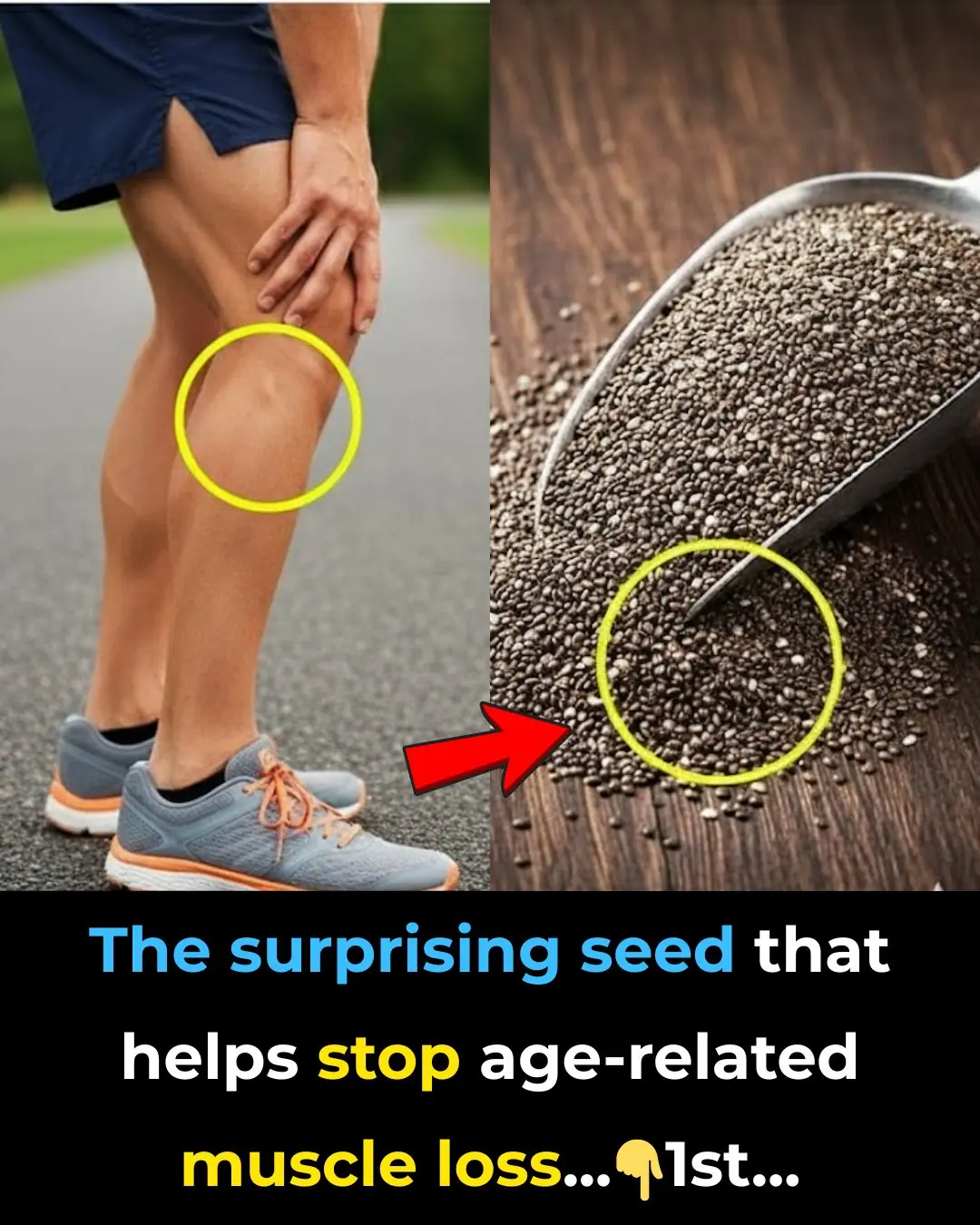
Boiled chicken often has red bones: Do this extra step to make the chicken delicious, not have cracked skin, and remove all bad odors.

How to Boil a Whole Chicken Perfectly — No Cracked Skin, Evenly Cooked, and Beautifully Golden
Boiling chicken may sound like one of the simplest cooking techniques, but achieving that perfectly cooked bird — with smooth, unbroken skin, tender and juicy meat, and no redness near the bone — is not something everyone can master. Professional chefs have their secrets, and today we’ll reveal a foolproof way to boil chicken beautifully every single time.
1. Choosing the Right Chicken
The very first and most crucial step in making delicious boiled chicken lies in choosing the right bird. The quality of the chicken determines not only the flavor but also the appearance and texture after cooking.
Ideally, pick young chickens, often called “spring chickens.” These have tender meat that stays juicy after boiling and produces a rich, naturally sweet broth. A good size to aim for is between 1.5 to 1.8 kilograms (about 3.3 to 4 lbs) — large enough to yield flavorful meat, yet small enough to cook evenly without becoming tough.
If you’re buying a live chicken, look for one with a bright red comb, sleek feathers that lie close to the body, warm feet, and slim, elongated legs. Avoid chickens that appear sluggish, have sticky beaks, or watery eyes — these are signs of illness.
If you’re buying a prepared (cleaned) chicken, pay attention to the skin color. The skin should have a natural golden hue, evenly colored, and slightly elastic when pressed. The flesh should feel firm and springy, and the tail (parson’s nose) should be small. Avoid chickens with grayish or purple skin or those with excessive fat around the neck and thighs, as these are often low-quality or industrially raised.
2. Picking the Right Pot
Another key to preventing cracked skin lies in the size of the pot. Choose a deep pot that can fit the entire chicken comfortably without bending or crowding it.
For a chicken around 1.5–1.8 kg, a pot with a diameter of about 28 cm (11 inches) is ideal. A pot that’s too small will squeeze the chicken, causing uneven cooking and potential skin tears. On the other hand, a pot that’s too large may cause the chicken to shrink and dry out as it boils.
3. Preparing the Chicken Before Boiling
Once the chicken has been cleaned and plucked, rub it thoroughly with coarse salt to remove any residual odor and slime. Rinse the chicken inside and out with clean water, then let it drain in a colander until dry.
Prepare three stalks of green onions and a few slices of fresh ginger. You can tie the onions together (roots on if possible) — this bundle will infuse aroma into the broth and help remove the chicken’s natural smell.
Place the chicken into the pot and pour in cold water just enough to submerge the bird. Add the green onions, crushed ginger, and half a teaspoon of salt to the pot.
4. The Secret Technique: Starting with Cold Water
Here’s the most important tip: always start with cold water. Putting the chicken into cold water allows the heat to gradually rise, ensuring the meat cooks evenly from the inside out. If you drop the chicken into already boiling water, the outer skin will tighten and crack, while the inside may remain raw and red.
As soon as the water comes to a gentle boil, reduce the heat to low. Keeping the flame high will cause the thigh meat to contract sharply, making the chicken look distorted. Let the water simmer gently for about five minutes, then lower the heat even further and cook for another five minutes before turning off the stove.
During this stage, do not cover the pot lid, as steam buildup can make the skin tear or the meat cook unevenly.
5. Resting Time — The Final Step for Perfection
After turning off the heat, cover the pot and let the chicken rest in the hot water for another 20 minutes. This resting period allows the heat to penetrate evenly to the core, giving you moist and tender meat.
Cooking time can vary depending on the chicken’s size — larger birds may need an extra 5–20 minutes of simmering, while smaller ones might finish a bit sooner. Always check the thickest part of the thigh: if the juices run clear (not pink), your chicken is perfectly done.
6. Bonus Tip: For Shiny, Golden Skin
If you want that gorgeous glossy yellow skin often seen in Vietnamese or Chinese boiled chicken dishes, prepare a small bowl of warm chicken fat or sesame oil. Once the chicken is fully cooked and slightly cooled, brush the surface with this mixture. The result? A bird that’s not only delicious but stunningly beautiful on the table — ideal for family gatherings or festive meals.
Final Thoughts
Perfectly boiled chicken is all about patience and precision — gentle heat, a good-quality chicken, and the right timing. With this simple yet professional technique, you can create a tender, flavorful, and picture-perfect boiled chicken that’s every bit as impressive as what you’d find in a fine restaurant.
News in the same category

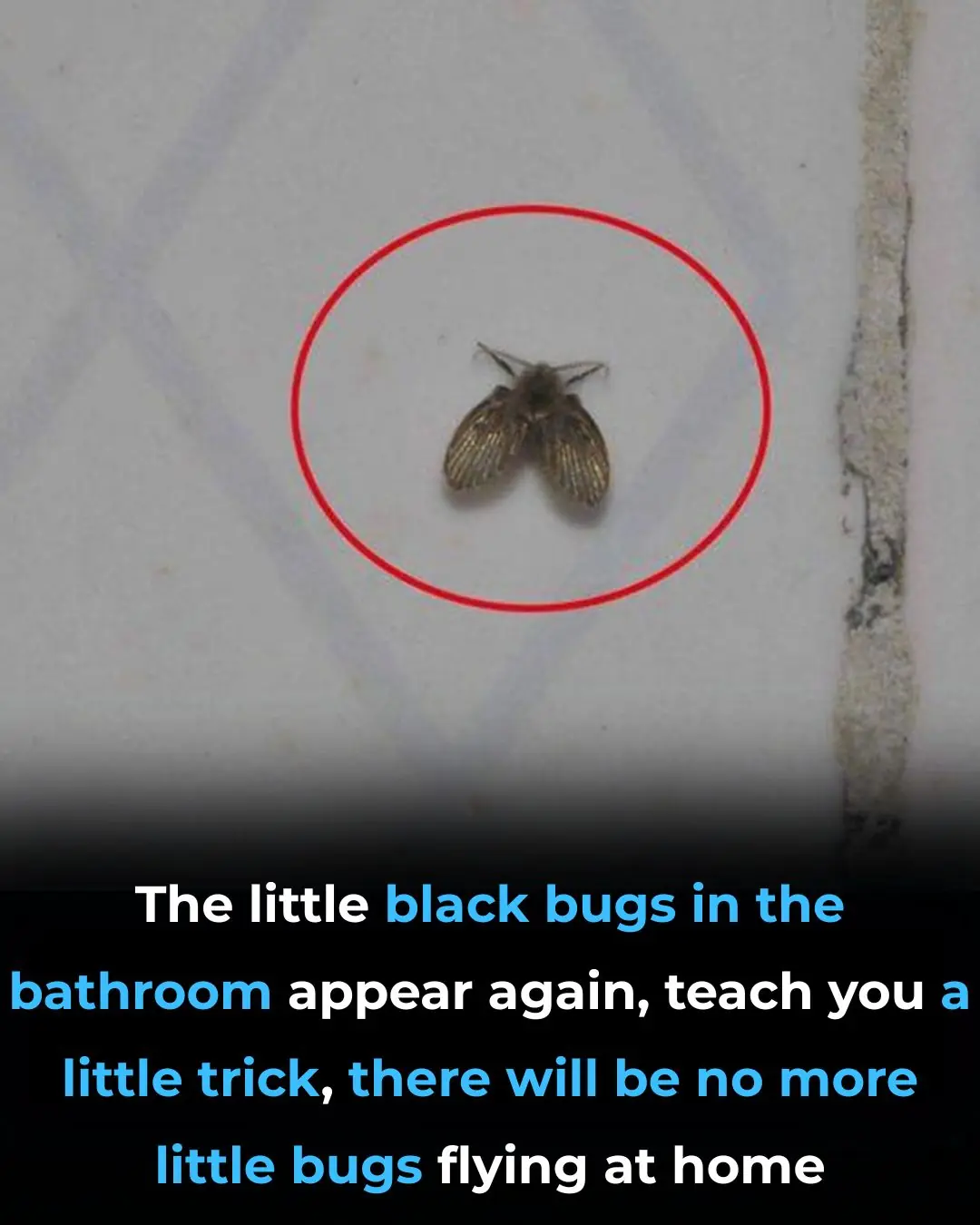
🕷️ Little Black Bugs in the Bathroom? Here’s What They Are & How to Get Rid of Them for Good

What an Unusual Odor in the Intimate Area Reveals: Signs You Shouldn’t Ignore
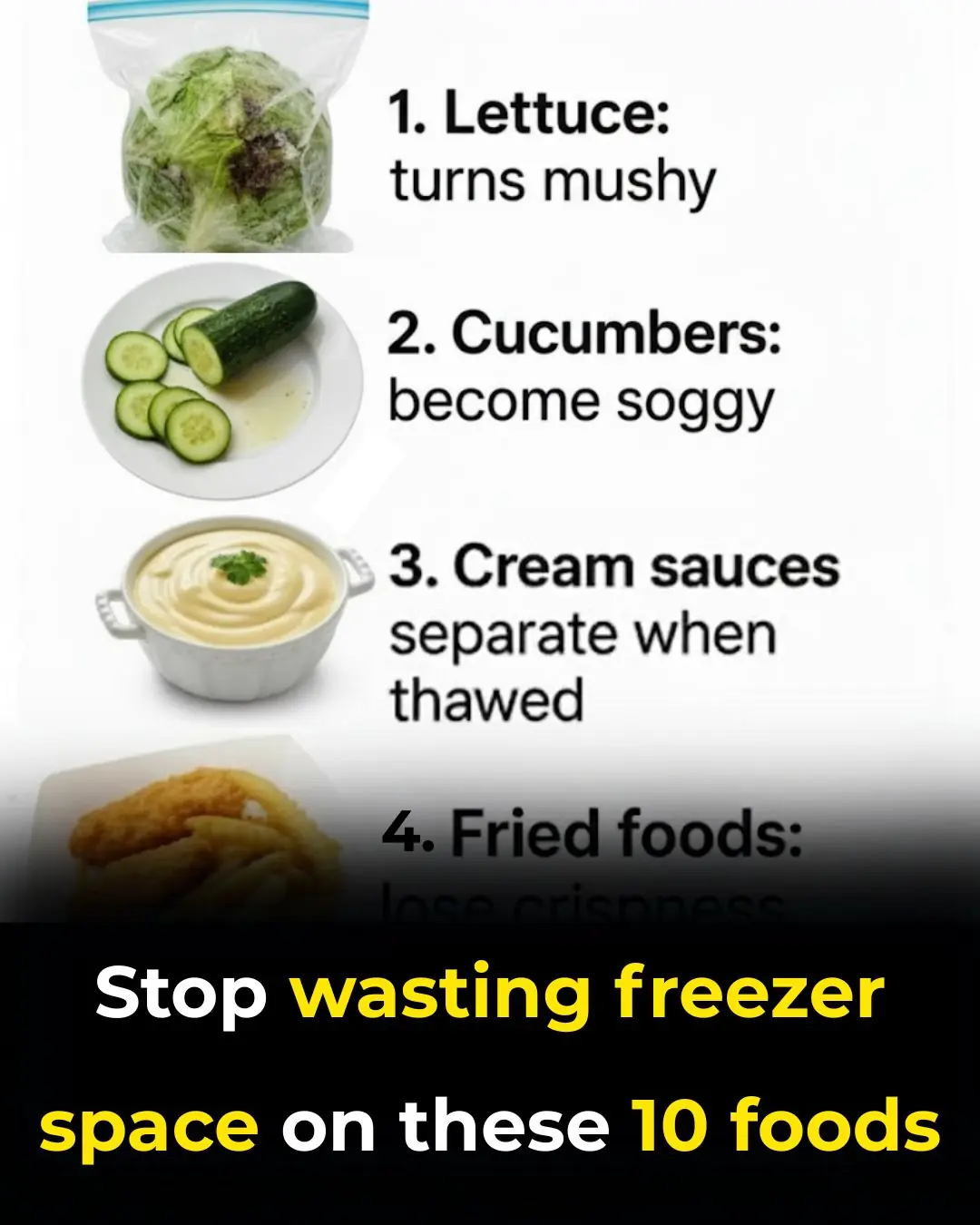
Stop wasting freezer space on these 10 foods
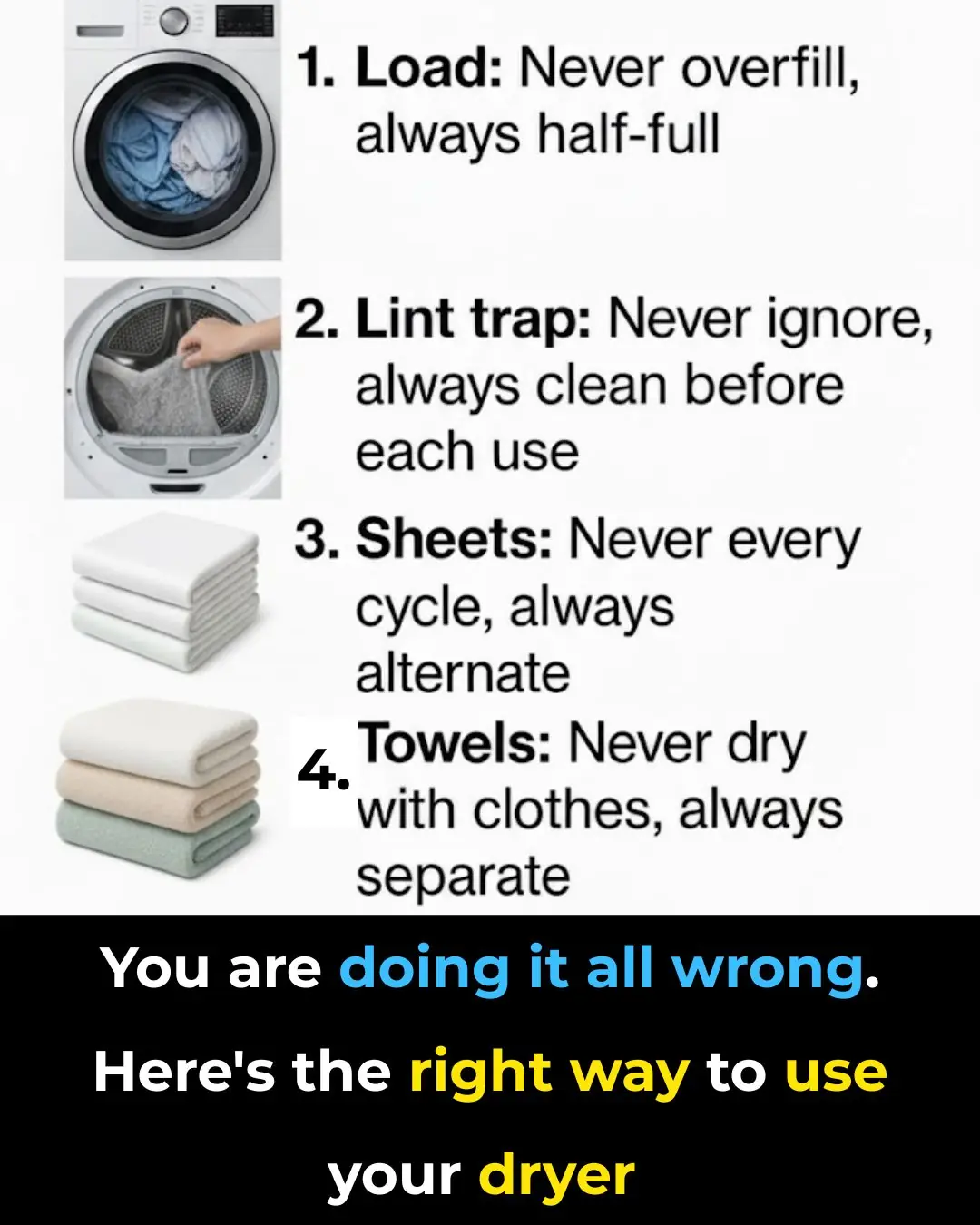
You are doing it all wrong. Here's the right way to use your dryer
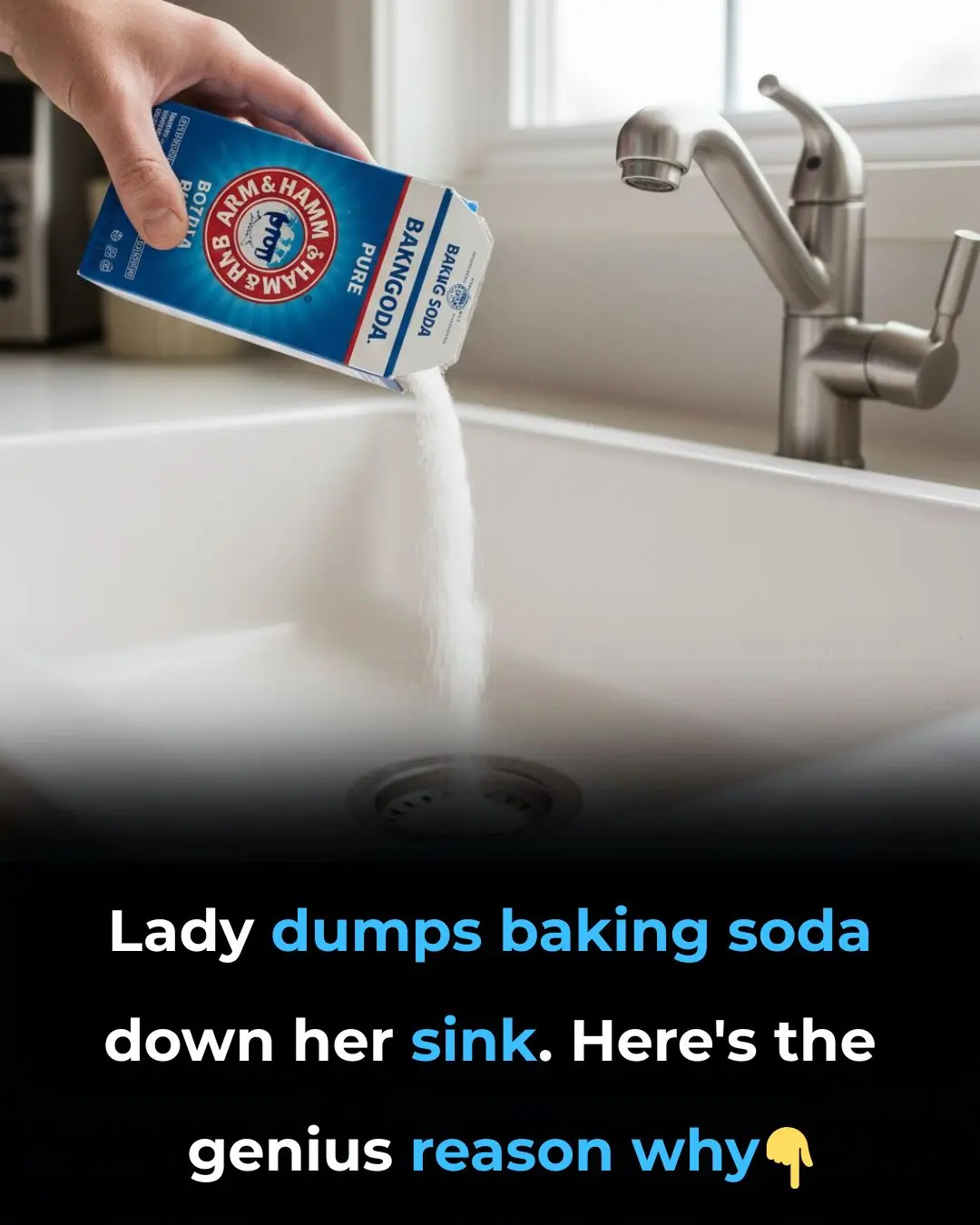
Lady dumps baking soda down her sink. Here’s the genius reason why

I had no clue about this!
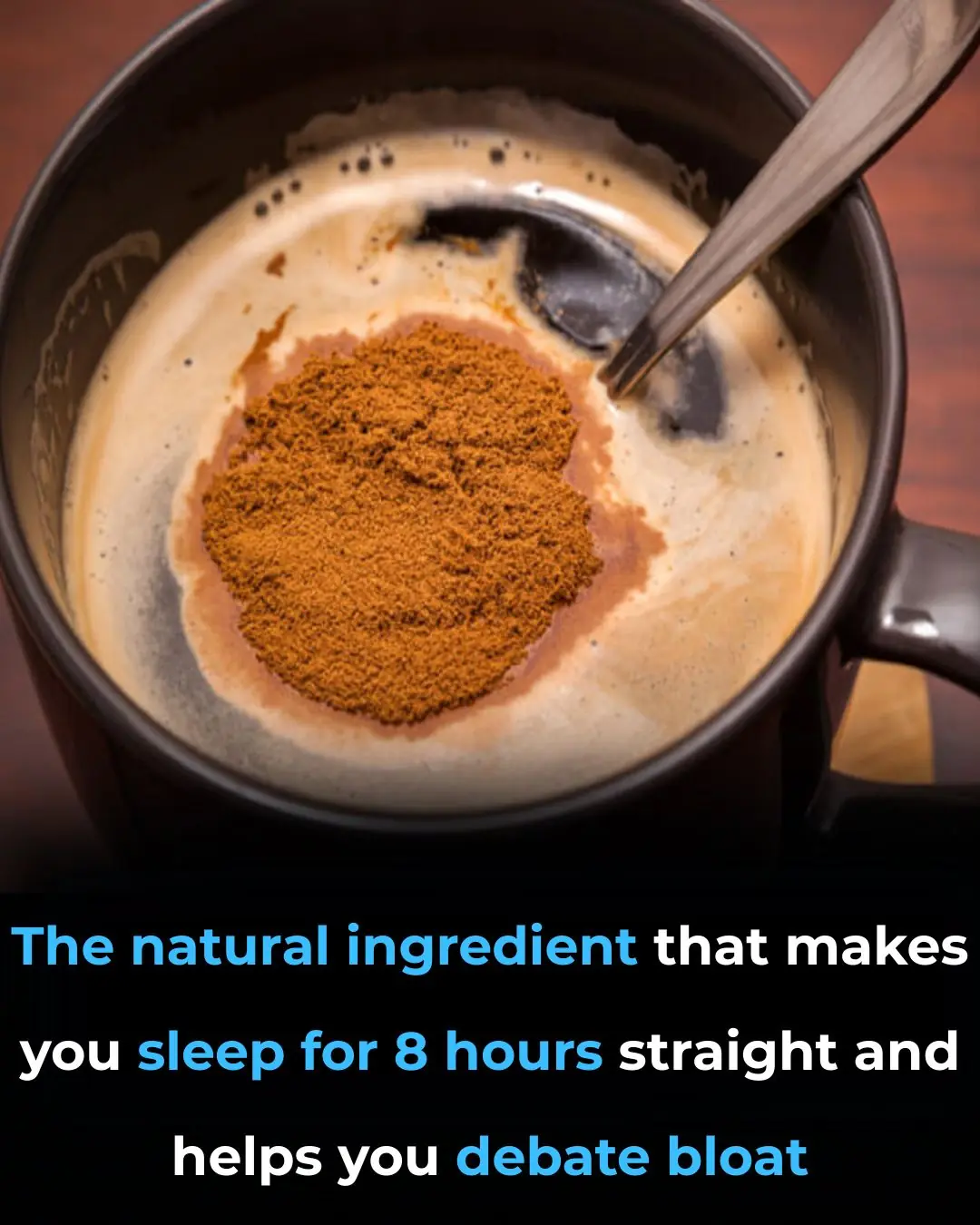
1 natural ingredient that helps you a lot

8 reasons why adding baking soda to your toilet tank is a must-do trick

My nana taught me this hack to dust ceiling fans in 3 mins with 0 work. Here’s how it works
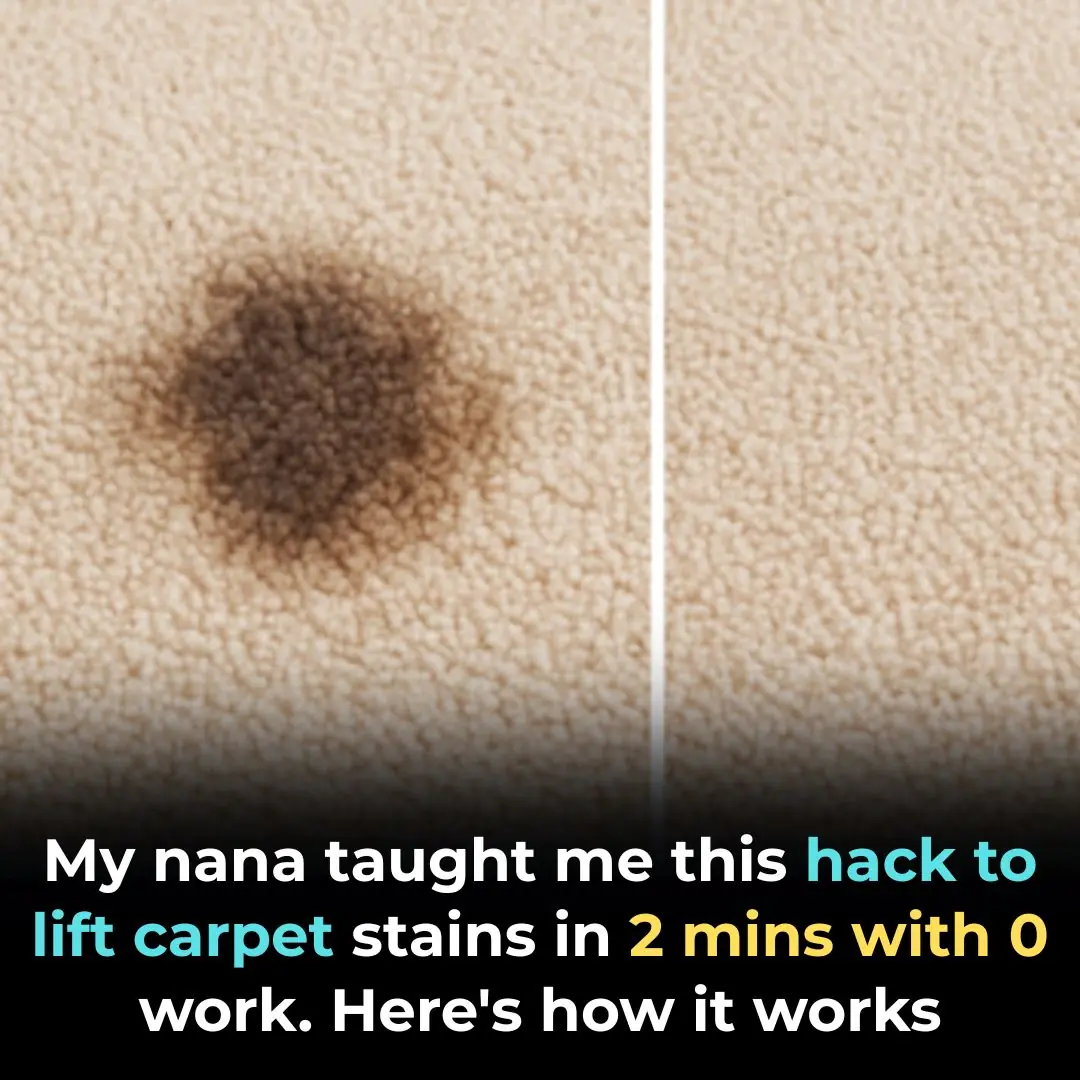
My nana taught me this hack to lift carpet stains in 2 mins with 0 work. Here’s how it works

3 ways to prevent snakes from entering the house, everyone needs to know to protect their family
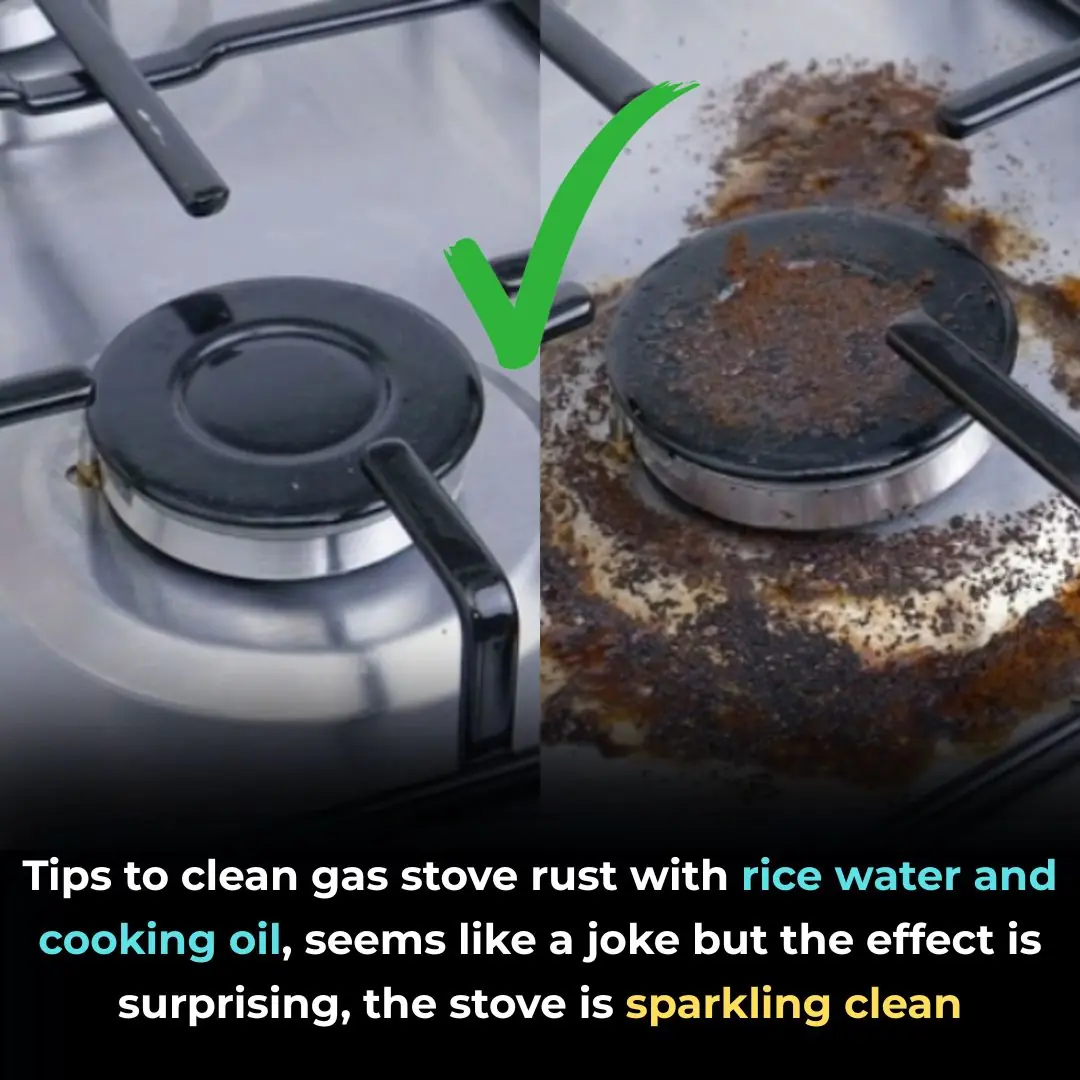
Tips to clean gas stove rust with rice water and cooking oil, seems like a joke but the effect is surprising, the stove is sparkling clean
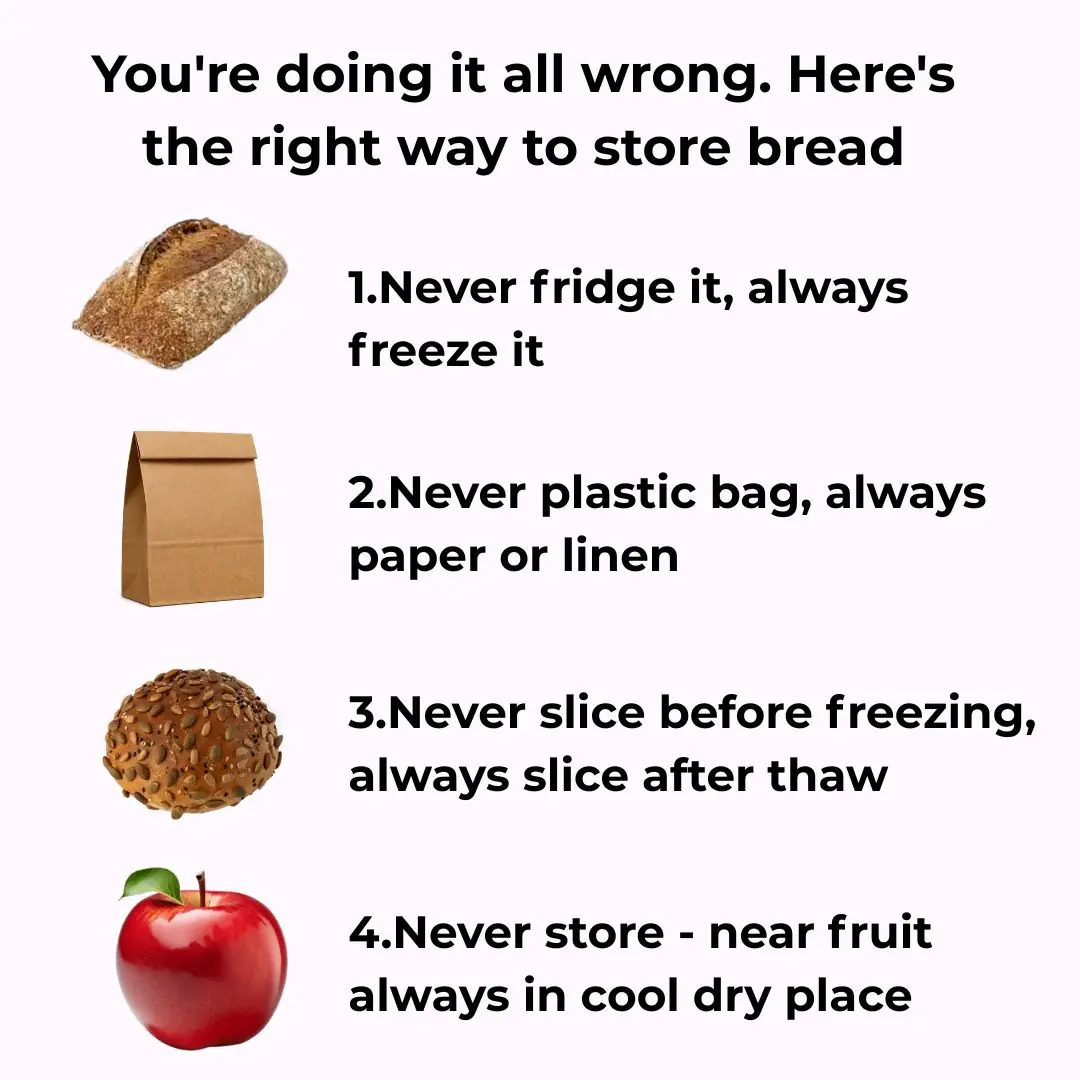
You’re doing it all wrong. Here’s the right way to store bread
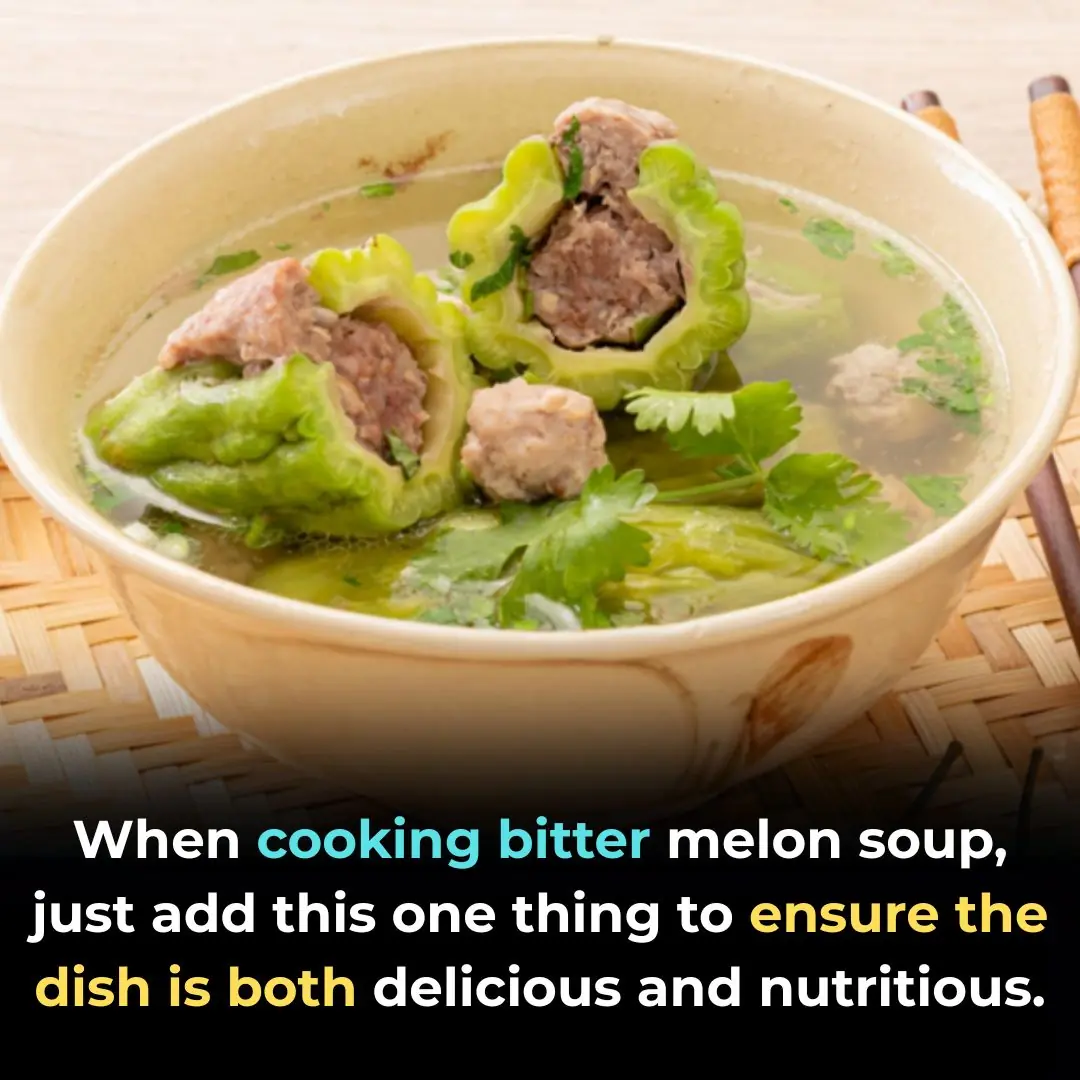
Make Your Bitter Melon Soup Sweet and Nutritious — Just Add This One Ingredient
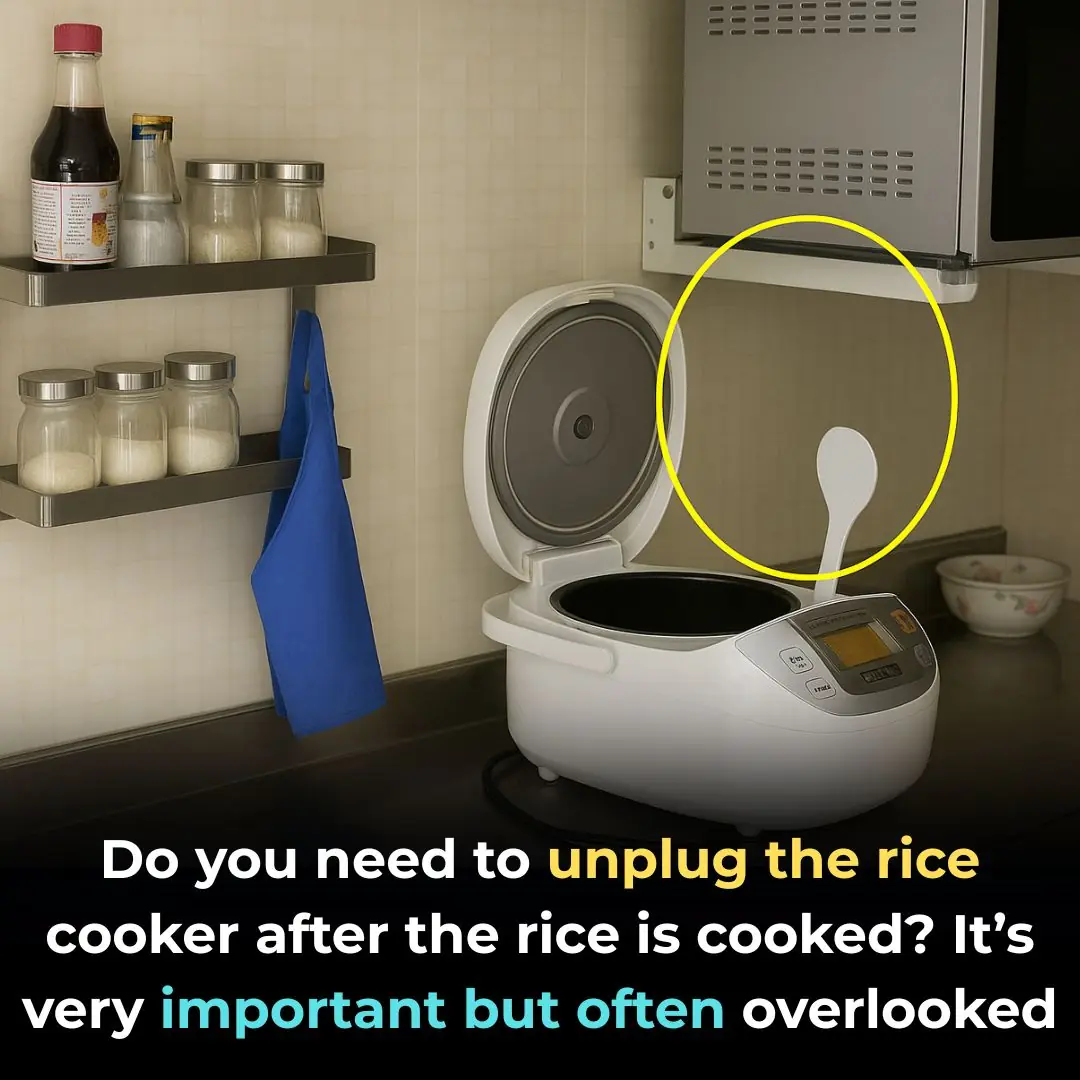
Should You Unplug Your Rice Cooker After the Rice Is Cooked?
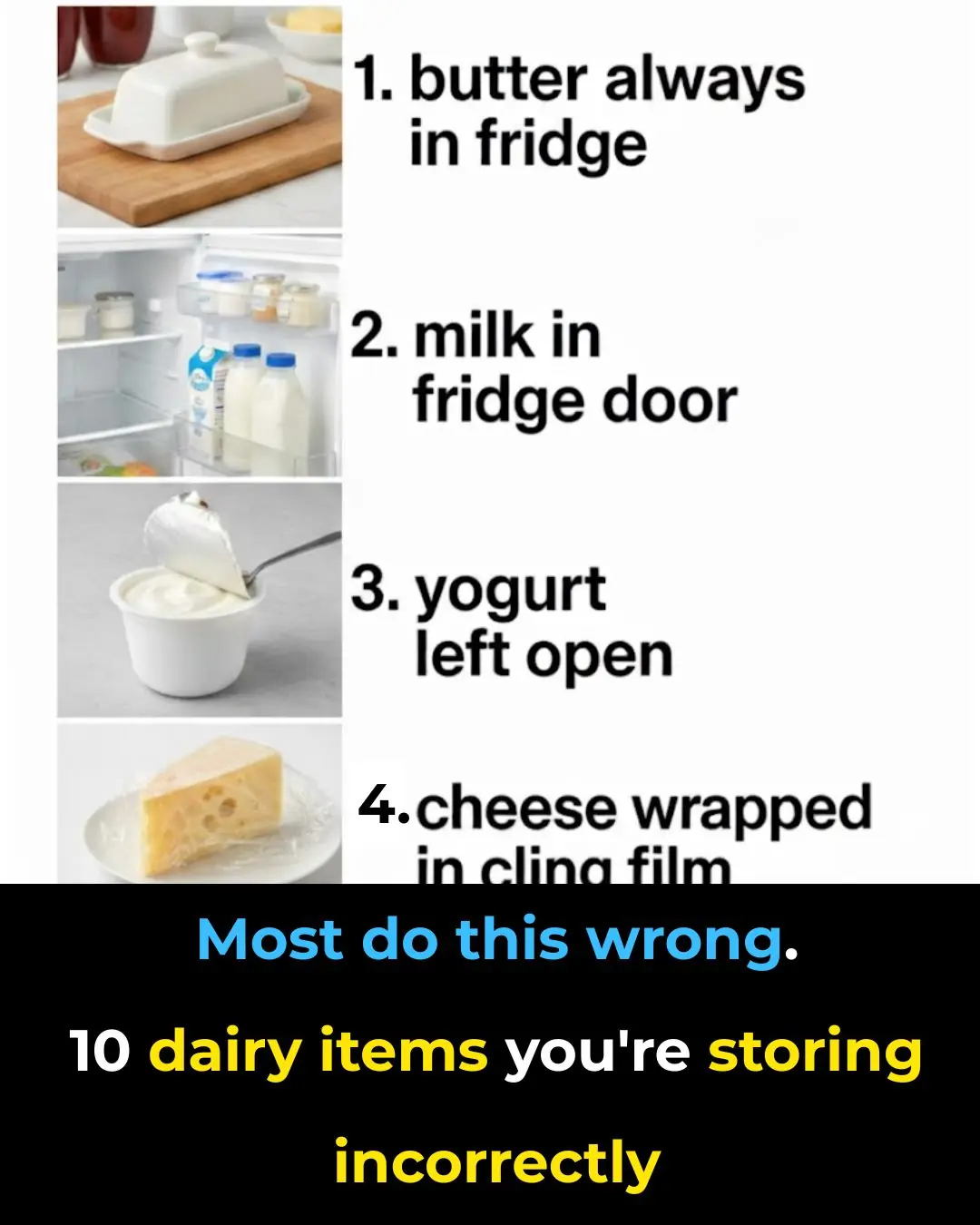
Most do this wrong. 10 dairy items you’re storing incorrectly
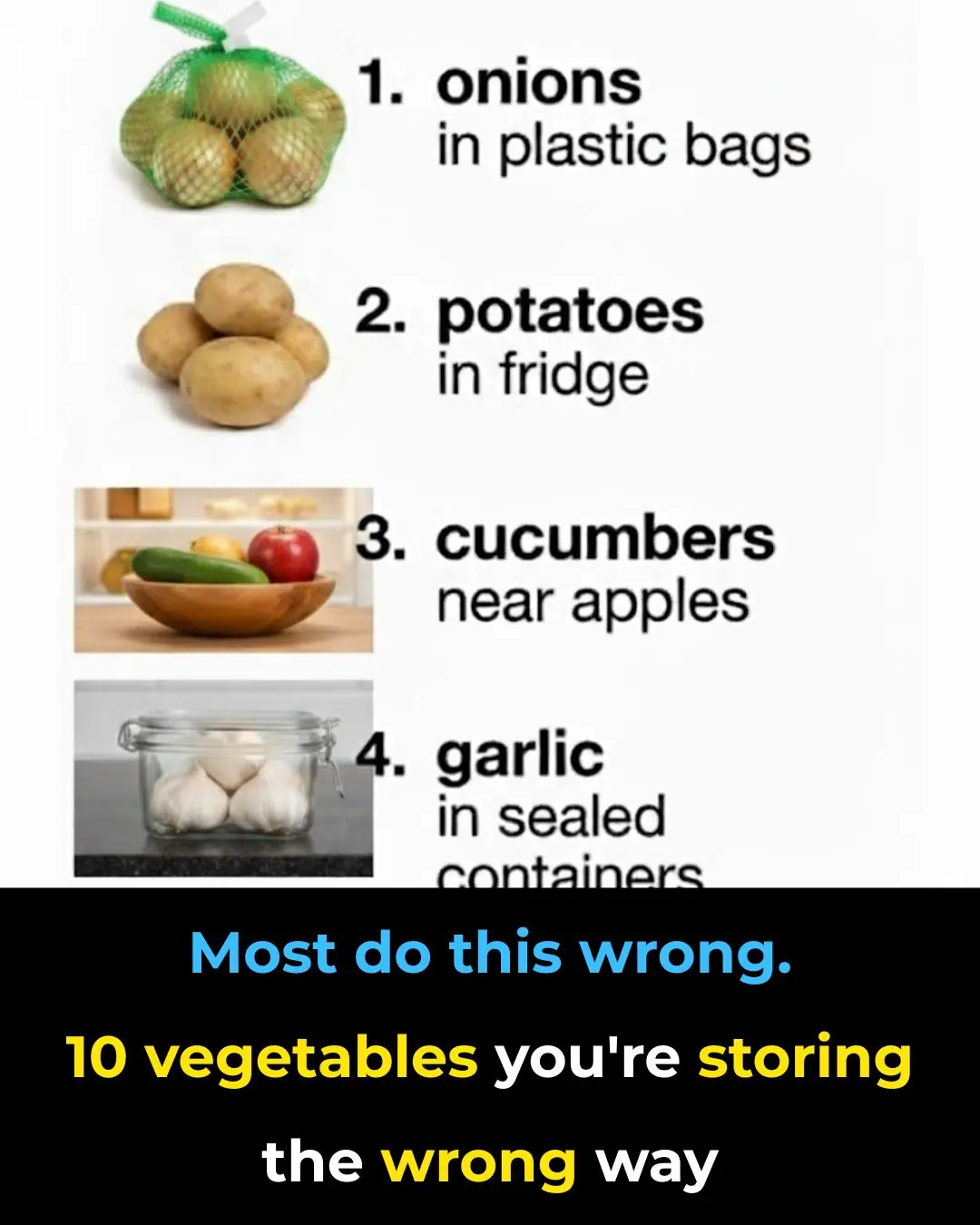
Most do this wrong. 10 vegetables you’re storing the wrong way

Most do this wrong. 10 bedding items you’re storing wrong
News Post

Sharp Pain in Ear: Causes, Treatments and When to See a Doctor

Each Tooth Is Associated With An Organ In The Body – Pain In Each Tooth Can Predict Problems In Certain Organs
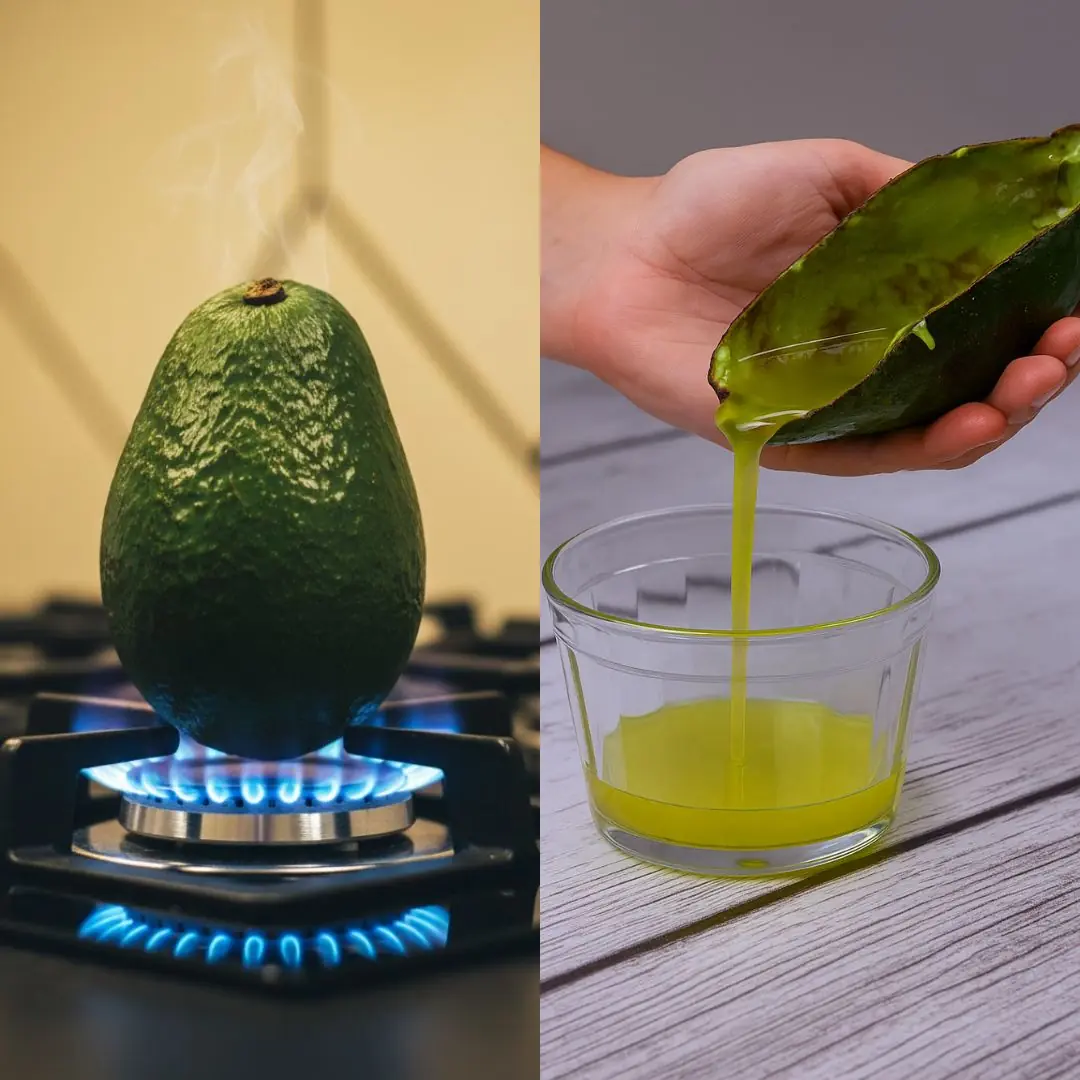
Here’s the secret why everyone puts avocados on the fire!

Amazing vitamin can help stop cancer growth and this is how much you need
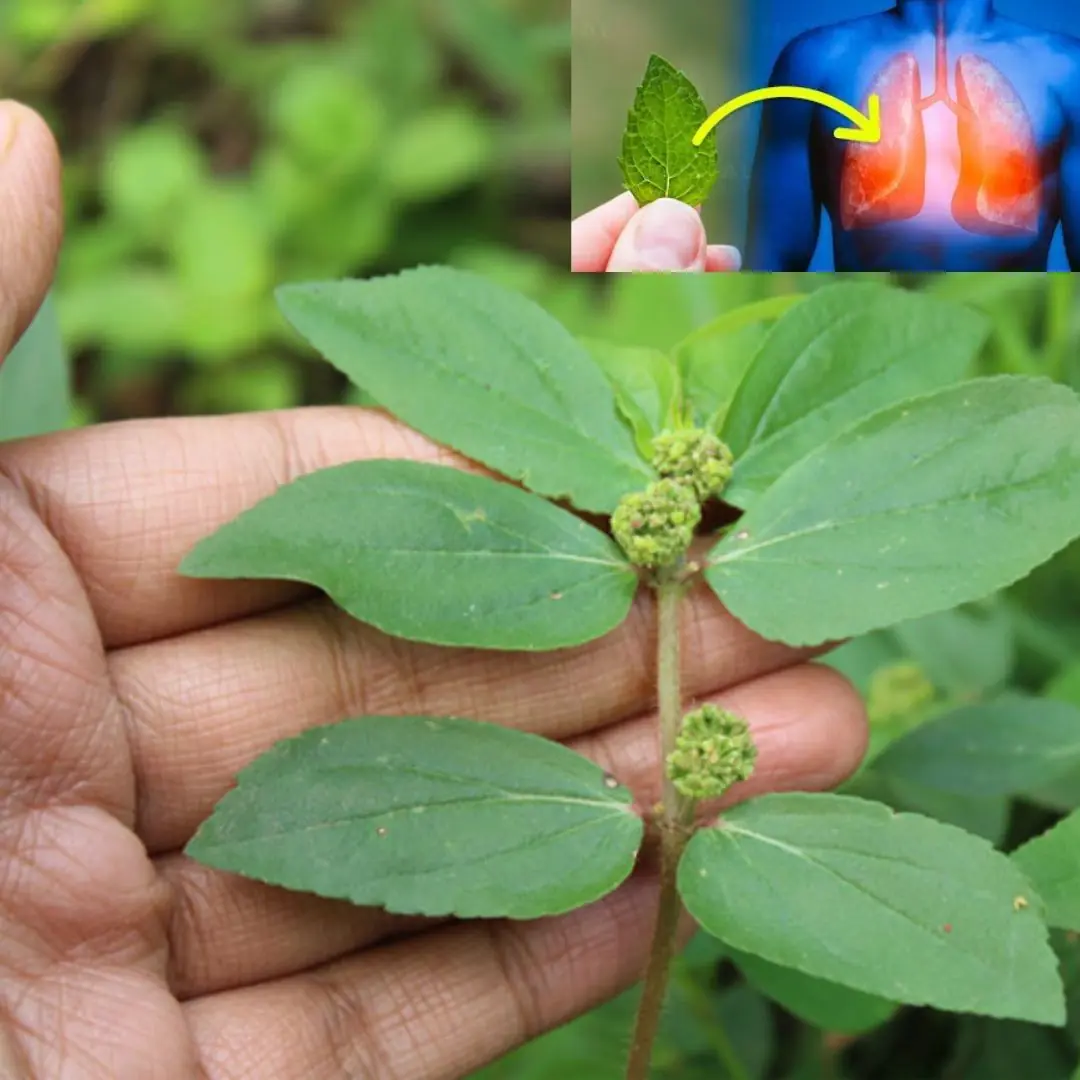
Euphorbia Hirta: 30 Benefits and How to Use It Safely

THE BEST HOME REMEDIES THAT END CONSTIPATION FAST AND NATURALLY

Lady places cup of vinegar into microwave. Here’s the genius reason why
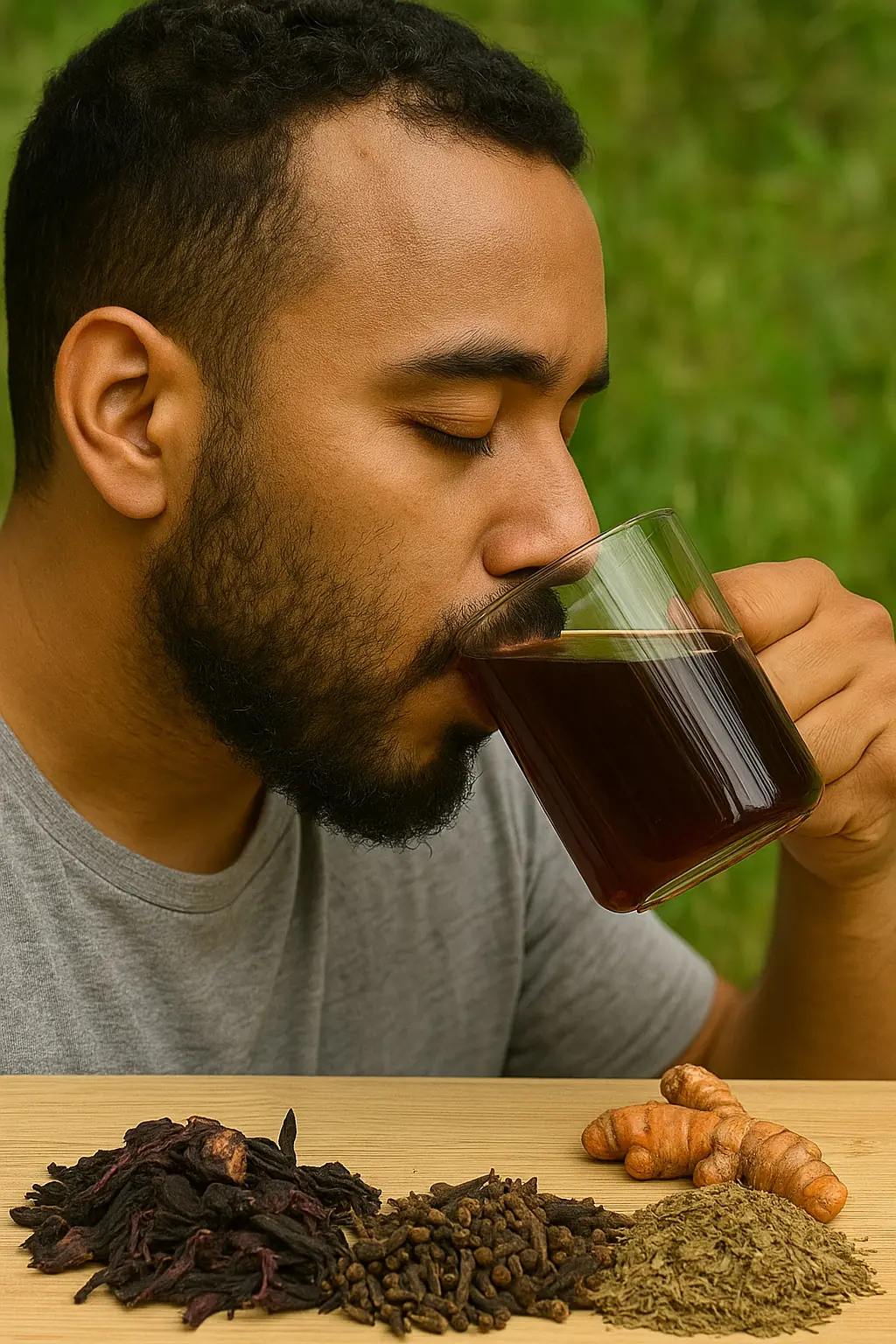
Say Goodbye to Diabetes, Fatty Liver, and Joint Pain with This Powerful Remedy!

My nana taught me this hack to remove hard water stains in 2 mins with 0 work. Here’s how it works

🕷️ Little Black Bugs in the Bathroom? Here’s What They Are & How to Get Rid of Them for Good

Choose a Nail to Discover What Kind of Woman You Are

Never Do These 15 Things for a Man (Even If You’re Madly in Love With Him)

11 Surprising Benefits of The Miracle Leaf of Life

What an Unusual Odor in the Intimate Area Reveals: Signs You Shouldn’t Ignore

5 foods that damage your thyroid (they look healthy)

Stop wasting freezer space on these 10 foods
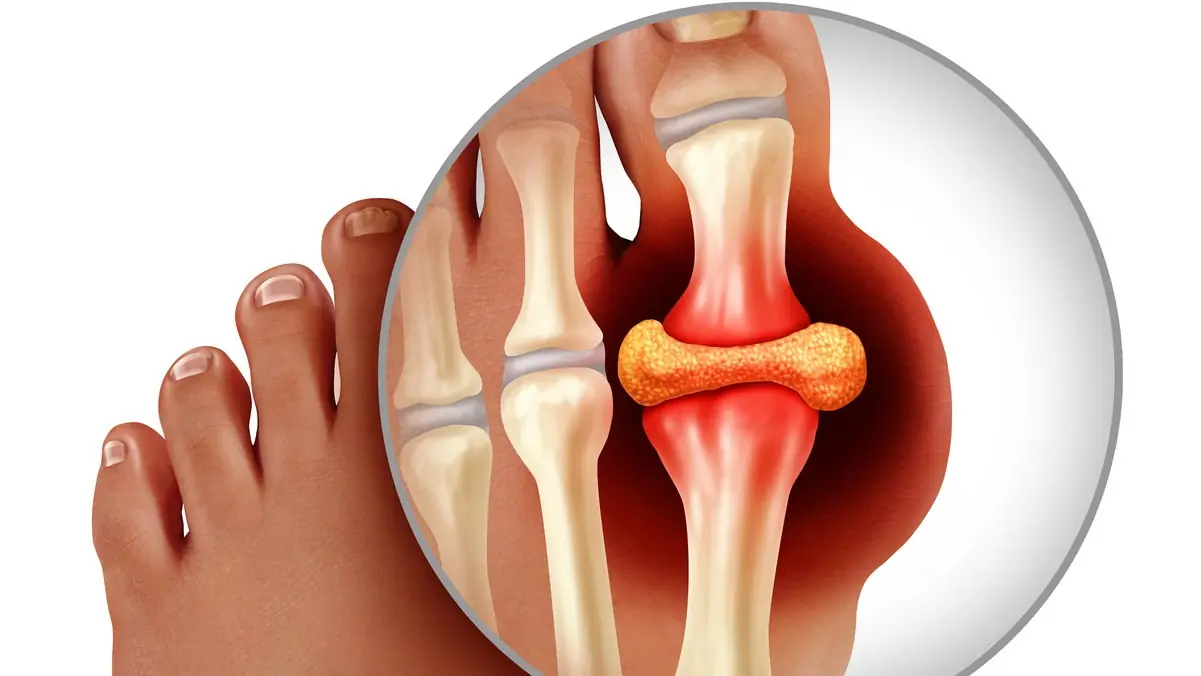
HIGH URIC ACID? SEE THE WARNING SIGNS & RELIEF TIPS

Prepare ginger this way to prevent cancer, reduce cholesterol and lower blood sugar levels!

You are doing it all wrong. Here's the right way to use your dryer
